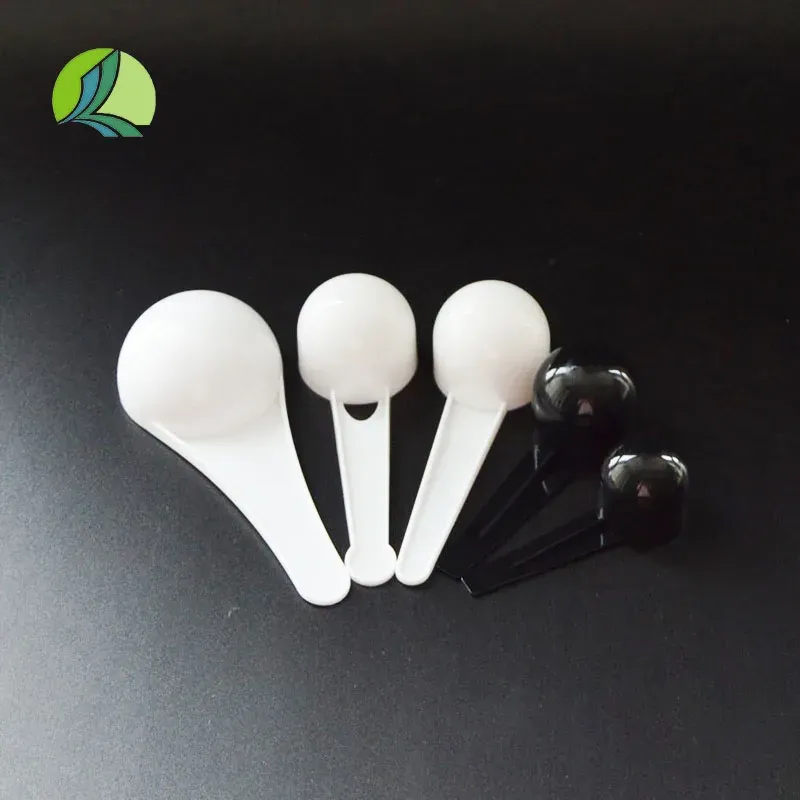Exploring the Benefits and Applications of Small Sample Tubes in Modern Laboratory Research
Understanding Small Sample Tubes A Key Tool in Laboratory Research
In the realm of scientific research, particularly in biochemistry, molecular biology, and analytical chemistry, the precision in sample handling and storage is paramount. One essential tool that scientists rely on for sample management is the small sample tube. These tubes, often made from high-quality materials such as polypropylene or glass, are designed to hold small volumes of liquids, typically ranging from a few microliters to several milliliters. Their importance cannot be overstated as they play a crucial role in various laboratory applications.
Importance of Small Sample Tubes
Small sample tubes are integral to the collection, storage, and analysis of biological and chemical samples. In research settings where material is often limited, such as with certain biological specimens or expensive reagents, using small sample tubes minimizes waste and allows for efficient use of resources. Their compact size also facilitates the handling of samples in high-throughput applications, where many tests are performed simultaneously.
Moreover, small sample tubes offer versatile solutions for sample types. They are used in different fields, including clinical diagnostics, genomics, proteomics, and environmental science. For instance, in genotyping or DNA extraction procedures, researchers often require minute amounts of genetic material. Small sample tubes provide the ideal environment for these processes, preventing contamination and degradation of samples.
Features and Varieties
small sample tubes

Small sample tubes come in a variety of designs and sizes to suit different laboratory needs. Some feature screw caps, while others have snap-on lids or secure sealing mechanisms that prevent leakage and contamination. The choice of lid design often depends on the intended application, such as whether the tubes will be subjected to freezing, boiling, or centrifugation.
In addition to standard models, there are specialized small sample tubes designed for specific applications. For instance, some tubes are compatible with automated liquid handling systems or have unique geometries that facilitate mixing or measuring small volumes accurately. The variety in features allows researchers to select the most appropriate tubes for their specific needs, ensuring optimal performance in their experiments.
Storage and Labeling
Proper storage of small sample tubes is essential for preserving sample integrity. Generally, they can be stored in various conditions, including refrigerated or frozen environments, depending on the stability requirements of the samples contained within. Additionally, advancements in labeling technology have led to the development of tubes that come with built-in identification systems, such as barcodes or QR codes, which improve tracking and management of samples throughout the research process.
Conclusion
In summary, small sample tubes are indispensable tools in scientific research and laboratory settings. Their ability to efficiently store, manage, and analyze small volumes of samples makes them vital in ensuring that researchers can conduct their work effectively and responsibly. As technology and materials science continue to advance, we can expect further improvements in the design and functionality of these small, but crucial, laboratory instruments. Whether in clinical labs conducting diagnostics or in research facilities exploring the frontiers of science, small sample tubes play a pivotal role in facilitating innovation and discovery.
-
Aesthetic Makeup Spray Bottles | Fine Mist Empty RefillableNewsAug.19,2025
-
White Plastic Veterinary Vaccine Vials | Lab Liquid BottlesNewsAug.18,2025
-
Plastic Medicine Liquid Bottle: Secure Flip Top Drug VialsNewsAug.17,2025
-
Durable 250ml Blue Plastic Vaccine Vial for Lab & Vet UseNewsAug.16,2025
-
Sterile Virus Sample Tubes: Secure & Reliable Specimen CollectionNewsAug.15,2025
-
White 250ml Plastic Vaccine Vial for Lab & Vet MedicineNewsAug.14,2025
























